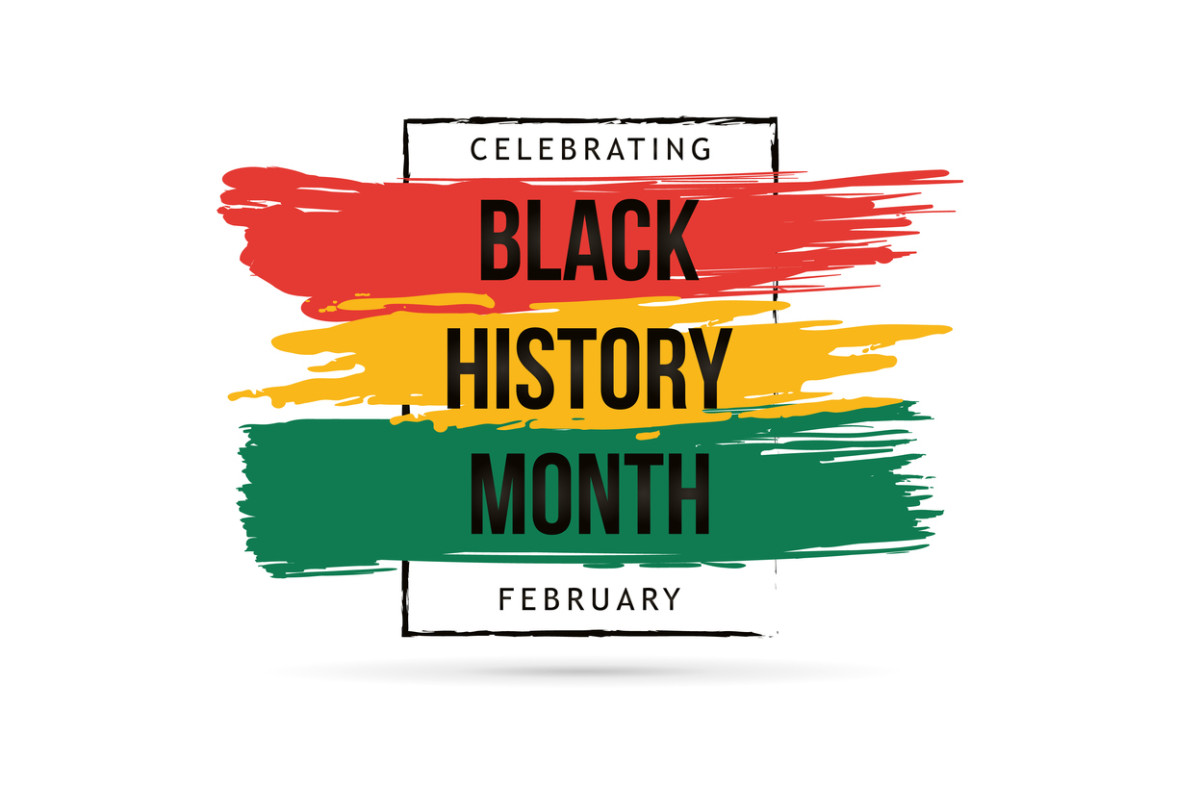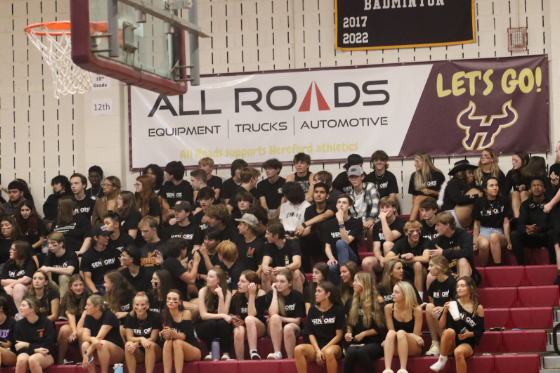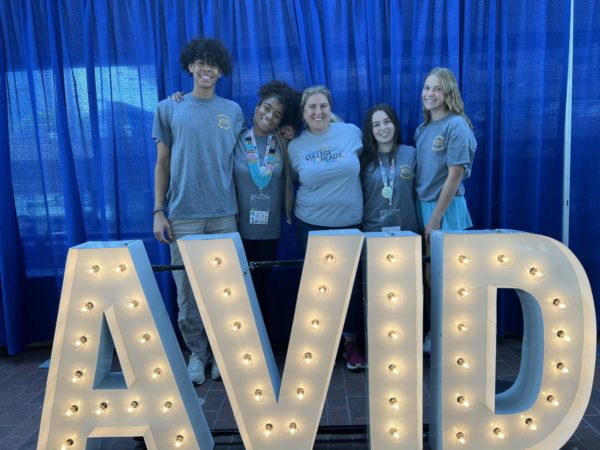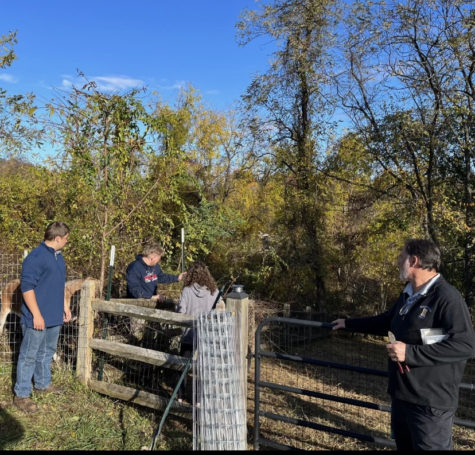The student lot: What common cars say about their drivers
As you’ve most likely seen on a haphazard (but intriguing) Buzzfeed quiz, your car can say a lot about you. The trusty minivan is reserved exclusively for soccer moms, the Subaru Outback for the outdoorsy, granola folk.
But the stereotypes don’t stop there. Here at school, the types of cars that students drive are distinctive as well as telling.
You have the trucks and souped-up, all-terrain vehicles sporting flags and bumper stickers galore. The safe, standard Honda CR-Vs and Toyota Highlanders parked alongside their neighboring shiny Jeeps. And, of course, you can’t forget the smattering of luxury cars that no high school-age, inexperienced driver should be entrusted with, but their parents give them anyway.
One common car seen in the parking lot is a Jeep Wrangler.
Growing up, what young, innocent, preteen girl doesn’t want a white Wrangler—or any Jeep, for that matter? It’s a middle school rite of passage, and there are a lucky few that are blessed with this as their reality once they get to high school.
Grayson Welsh (‘20) is one of those select few. He drives a 2007 Jeep Wrangler Sahara with added aftermarket modifications for the winter and a skeleton.
“I take pride in what I drive because I’m really lucky to have such a nice car and I feel like it’s necessary to be proud of it and enjoy it,” Welsh said.
As Welsh and all other Jeep drivers know, a large part of owning a Jeep is the inevitable ‘Jeep wave.’
The Jeep wave, according to Urban Dictionary, is the general acknowledgement of another Jeep owner out on the road that comes with its own rules and regulations—some of which include waving one handed outside of the body tub when the top is off, never waving to Hummers, and, most importantly, each and every Jeep driver is responsible for upholding the sacred tradition of the Wave.
As stated in ancient legend, the Jeep wave began after World War II. During the war, the Jeep was often used to transport materials and carry the wounded to and from the front lines, and so when the soldiers returned home, many wanted to own one for themselves. Out on the road, fellow vets would wave to one other as a sign of respect for the time that they had served, and the gesture stuck.
Two Jeep owners, Welsh and Courtney Butz (‘20), both participate in the Wave and understand its importance in fostering a connection within the community.
“The Jeep wave signifies to me a sense of unity and family with all the people that drive [a] Jeep, even though they may not know each other,” Welsh said. “It’s cool to have random people only connected by the car they drive wave at each other.”
Butz agrees with the sentiment.
“I think it’s just really fun to wave to other people who have the same car as you,” she said. “You feel like you’re [a] part of a club or something.”
But Jeep isn’t the only car who sponsors a club-like community of drivers. So does another typical student-owned car, all parked together along the “L” in the student lot: the trucks.
“I love my truck,” Jacqi Needle (‘20) said of her white Dodge Ram. “I think it says who I am in a big way and it’s nice because I drive a lot and it’s very cozy.”
Truck culture differs from Jeep culture in many ways. For one thing, it’s louder.
While the sleek Jeep looks nice driving down the road, it doesn’t take up the entire lane and part of the double-yellow line.
Trucks are huge both in size and popularity; go for a five-minute drive and it’s almost guaranteed that you’ll see at least three. The pick-up transitioned from “humble workhorse to fancy toy,” as described in Smithsonian Magazine, and it transitioned fast.
What used to be exclusively for farmers and blue-collar workers is now considered an American staple and even a lifestyle statement.
Drive a pick-up and you’re probably a middle-class father of three who has to hold on to his slowly dissipating masculinity somehow. Why not purchase a big, manly vehicle?
If you don’t fall into this category, however, don’t fret. The truck family will still gladly accept you.
As Wyatt Parks (‘20) put it, “I didn’t choose truck culture, truck culture chose me.”
Parks drives a Ford F-250 with a V10 engine, full cab, and an 8-foot bed. According to him, it’s “as big as they come.”
“I think [my truck] tells people to respect my authority on the road because everyone gets out of my way,” Parks said.
Even Honda CR-V drivers can appreciate the power of a truck.
“They are great for transporting large objects and can still fit four to five people,” Gianna Patti (‘20) said. “And I really like how they look.”
All things considered, your car says a lot about you. Whether it’s the make and model or how many Chick-Fil-A and McDonalds wrappers you have neglected to properly dispose of, your car is often an indicator of your personality. Make a good first impression and clean out your backseat.
Take one look at the student parking lot and you will automatically get an idea of the types of people that attend this school. From pick-ups and Jeeps to Priuses, RAV4s, and even BMWs, the cars that students inherit from their gracious parents are assorted, and with them, the associations surrounding each one.



















